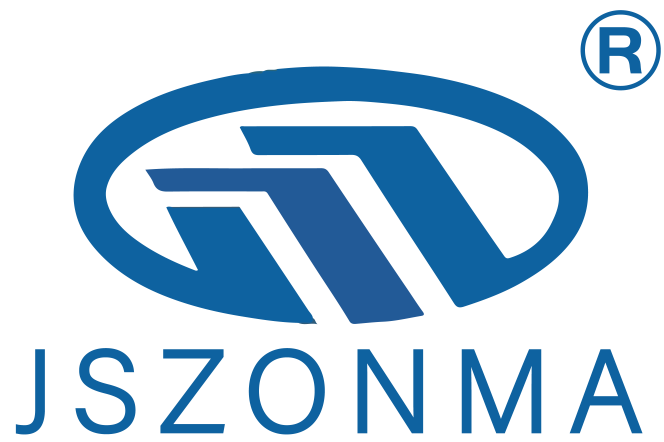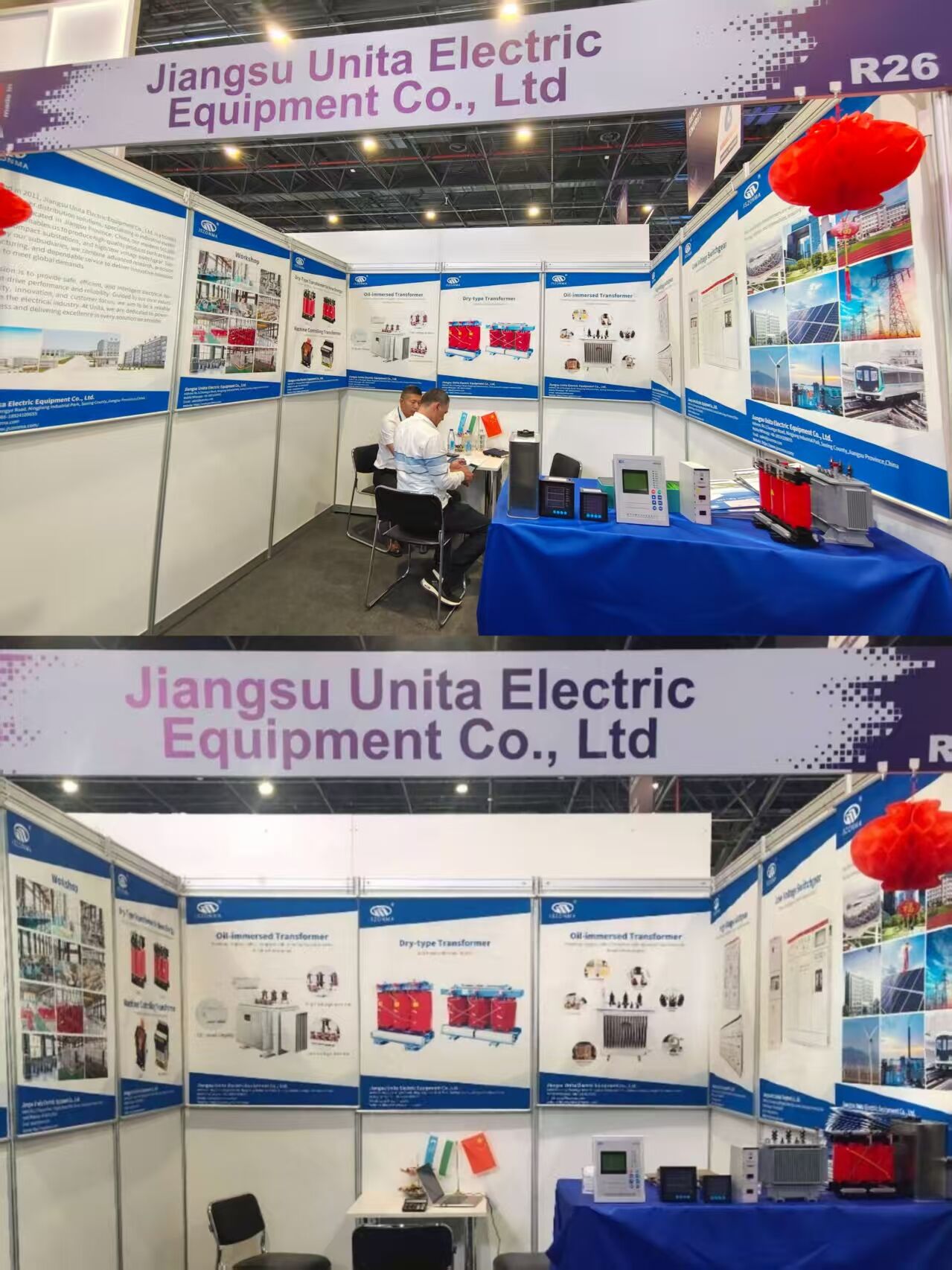Understanding Power System Transformer Types
In the complex world of electrical power systems, transformers play a vital role in ensuring reliable power delivery from generation plants to end users. The transformer differences between substation and distribution units significantly impact how electricity flows through the power grid. While both types serve the essential function of voltage transformation, their specific applications, designs, and capabilities make them distinct components in the power distribution network.
To fully grasp the importance of these transformer differences, we need to examine how each type functions within the broader electrical infrastructure. Both substation and distribution transformers are fundamental to maintaining efficient power flow, yet they serve different purposes at various points in the distribution chain.
Key Characteristics of Substation Transformers
Size and Power Capacity
Substation transformers are notably larger than their distribution counterparts, designed to handle massive power loads typically ranging from 20 MVA to several hundred MVA. These substantial units serve as the backbone of the power transmission system, managing the conversion of very high transmission voltages to lower distribution levels.
The physical dimensions of substation transformers reflect their impressive capacity, often weighing hundreds of tons and requiring specialized transportation and installation equipment. Their robust construction enables them to handle the demanding task of voltage transformation at the transmission level while maintaining exceptional efficiency.
Voltage Levels and Applications
Operating at the highest voltage levels in the power distribution chain, substation transformers typically handle primary voltages from 138kV to 765kV, stepping them down to medium voltage levels. This crucial role makes them essential components in bulk power transmission and the initial stages of power distribution.
These transformers are equipped with sophisticated cooling systems and monitoring equipment to ensure reliable operation under heavy loads. Their design incorporates additional features for system protection and control, making them more complex than distribution transformers.
Distribution Transformer Specifications
Compact Design and Installation
Distribution transformers are more compact and versatile in their installation options, designed to be mounted on poles, installed in underground vaults, or placed on concrete pads. Their smaller size allows for greater flexibility in placement, making them ideal for residential and commercial power distribution.
These units typically handle power ratings from 5 kVA to 2500 kVA, making them suitable for the final voltage transformation before power reaches end users. Their design prioritizes cost-effectiveness while maintaining reliability for lower power requirements.
Operational Features
Distribution transformers operate at the lower end of the voltage spectrum, typically converting medium voltage levels (4.16kV to 34.5kV) to utilization voltages (120V to 480V). They are designed for continuous operation with minimal maintenance, incorporating features like self-cooling and basic protection mechanisms.
These transformers must maintain voltage regulation within tight tolerances while handling daily load variations. Their simpler construction compared to substation transformers makes them more economical to produce and maintain, though they still incorporate essential safety and protection features.
Comparative Analysis of Performance Factors
Efficiency and Losses
The transformer differences in efficiency ratings reflect their distinct roles in the power system. Substation transformers typically achieve efficiency ratings above 99%, essential for minimizing losses in bulk power transmission. Their advanced core materials and construction techniques justify their higher cost by reducing long-term operating expenses.
Distribution transformers, while still highly efficient, typically operate at slightly lower efficiency levels, usually between 97% and 99%. This difference is acceptable given their smaller size and lower power handling requirements, with the focus being on achieving a balance between performance and cost-effectiveness.
Maintenance Requirements
Maintenance protocols vary significantly between these transformer types. Substation transformers require regular comprehensive maintenance, including oil testing, dissolved gas analysis, and detailed inspection of cooling systems. Their critical role in the power system necessitates continuous monitoring and preventive maintenance.
Distribution transformers are designed for minimal maintenance, often operating for years with only basic visual inspections. Their simpler construction and lower power ratings allow for more streamlined maintenance requirements, though regular monitoring remains important for ensuring reliable operation.
Cost Considerations and Economic Impact
Initial Investment Comparison
The cost differential between substation and distribution transformers is substantial, reflecting their distinct roles and capabilities. Substation transformers represent major capital investments, often costing millions of dollars due to their size, complexity, and critical role in power transmission.
Distribution transformers, while still significant investments, cost considerably less, typically ranging from a few thousand to several hundred thousand dollars. Their standardized design and mass production capabilities help maintain lower unit costs while ensuring reliable performance.
Lifecycle Cost Analysis
When evaluating transformer differences from an economic perspective, lifecycle costs become crucial. Substation transformers justify their higher initial cost through superior efficiency and longer service life, often operating effectively for 30-40 years with proper maintenance.
Distribution transformers typically have shorter expected lifespans of 20-25 years but offer lower maintenance costs and simpler replacement procedures. Their economic value lies in their ability to provide reliable service with minimal operational overhead.
Future Trends and Technological Advances
Smart Grid Integration
Modern transformer technology is evolving to meet the demands of smart grid systems. Substation transformers are increasingly incorporating advanced monitoring and communication capabilities, enabling real-time load management and predictive maintenance.
Distribution transformers are also becoming smarter, with manufacturers developing units that can provide data on power quality, loading conditions, and potential issues. These advances help utilities optimize their distribution networks and improve service reliability.
Environmental Considerations
Environmental concerns are driving innovations in transformer design. New substation transformers are being developed with biodegradable insulating fluids and more environmentally friendly materials, while maintaining their high-performance characteristics.
Distribution transformer manufacturers are focusing on energy efficiency improvements and sustainable materials, responding to stricter environmental regulations and growing demand for eco-friendly power distribution solutions.
Frequently Asked Questions
Can a distribution transformer be used in place of a substation transformer?
No, distribution transformers cannot replace substation transformers due to significant differences in voltage handling capacity, power rating, and design specifications. Substation transformers are specifically engineered for high-voltage transmission applications and bulk power transformation, while distribution transformers are designed for lower voltage, local power distribution.
How long do these different types of transformers typically last?
Substation transformers, with proper maintenance, typically last 30-40 years or more. Distribution transformers generally have a service life of 20-25 years, though this can vary based on operating conditions and maintenance practices. Both types can exceed these estimates with optimal care and operating conditions.
What are the main factors affecting transformer efficiency?
Key factors influencing transformer efficiency include core material quality, winding design, cooling system effectiveness, and load conditions. Substation transformers typically achieve higher efficiency due to superior materials and construction methods, while distribution transformers balance efficiency with cost-effectiveness for their specific applications.

